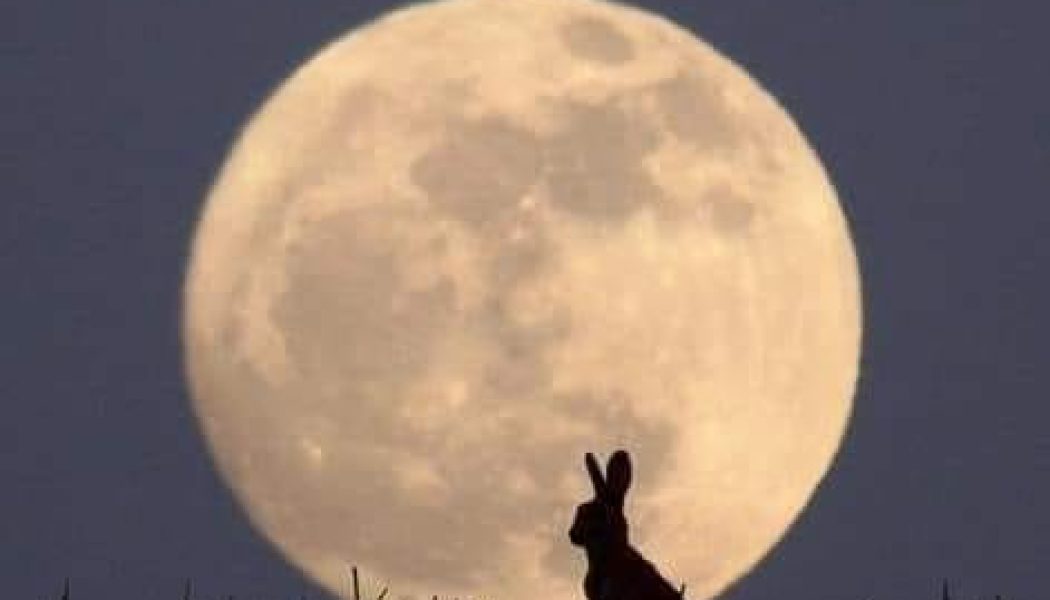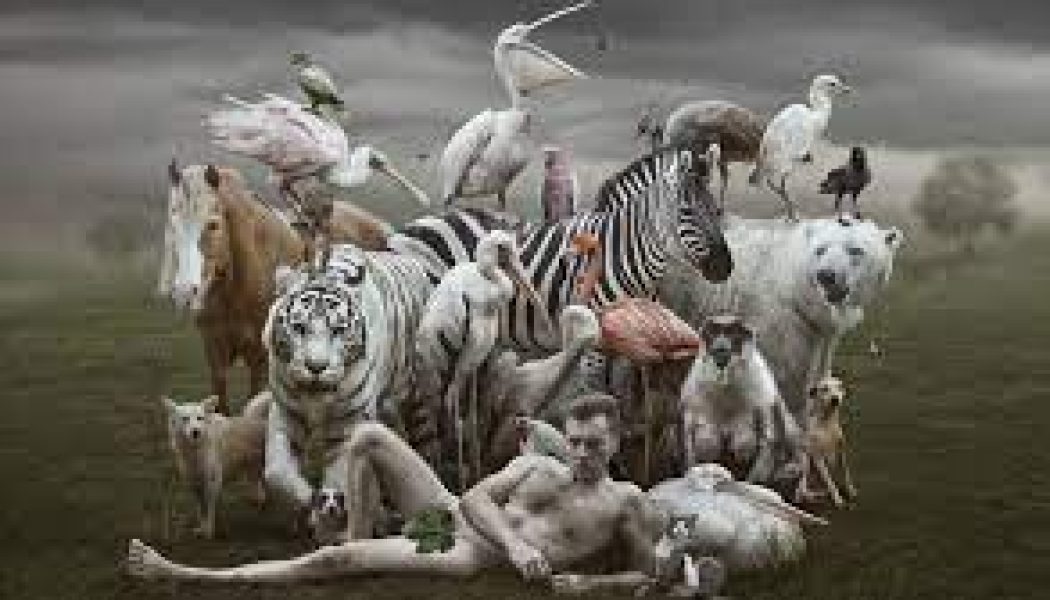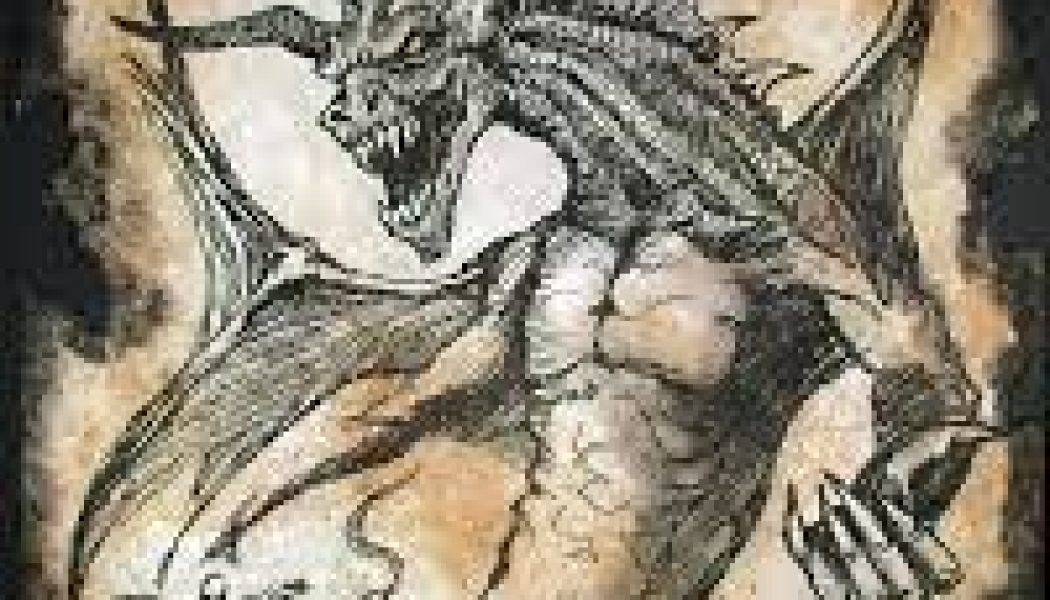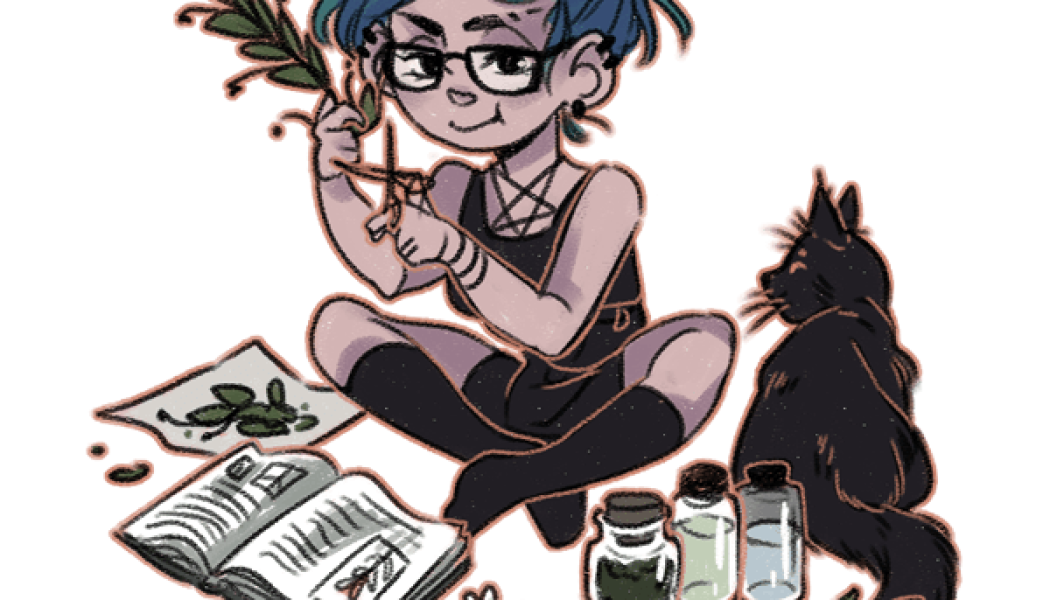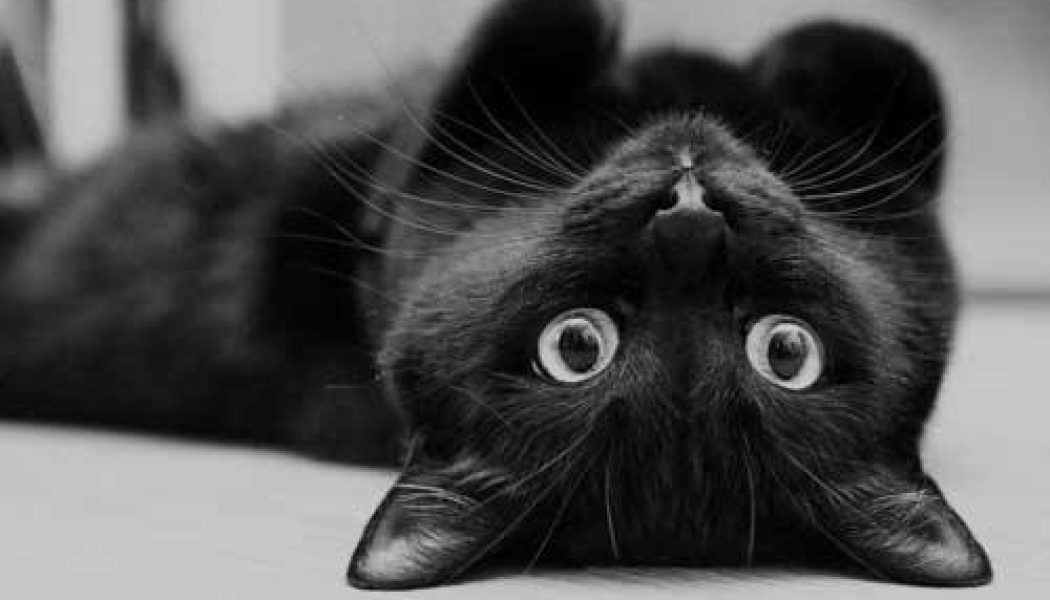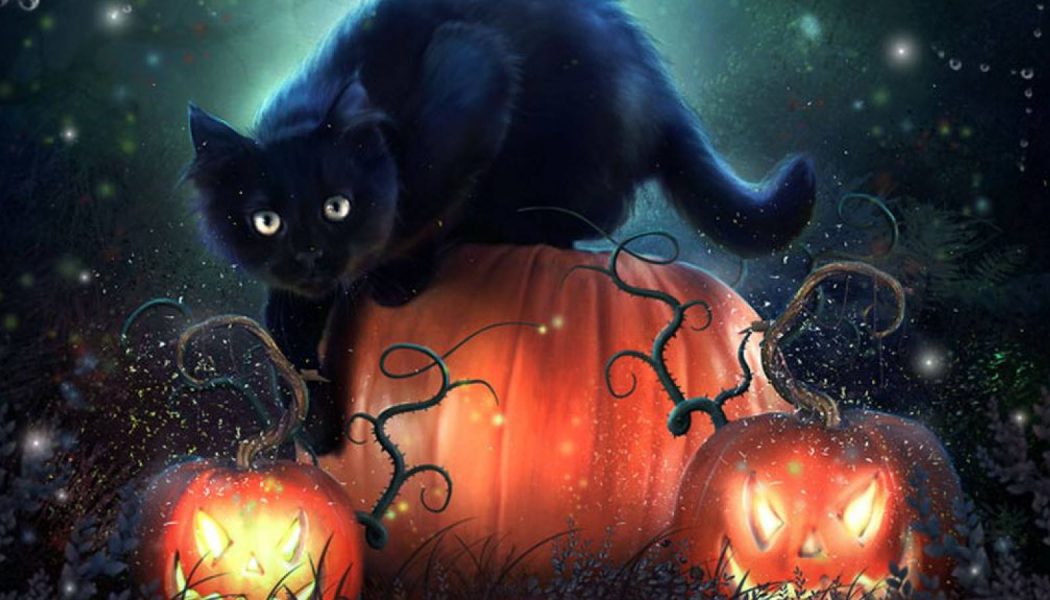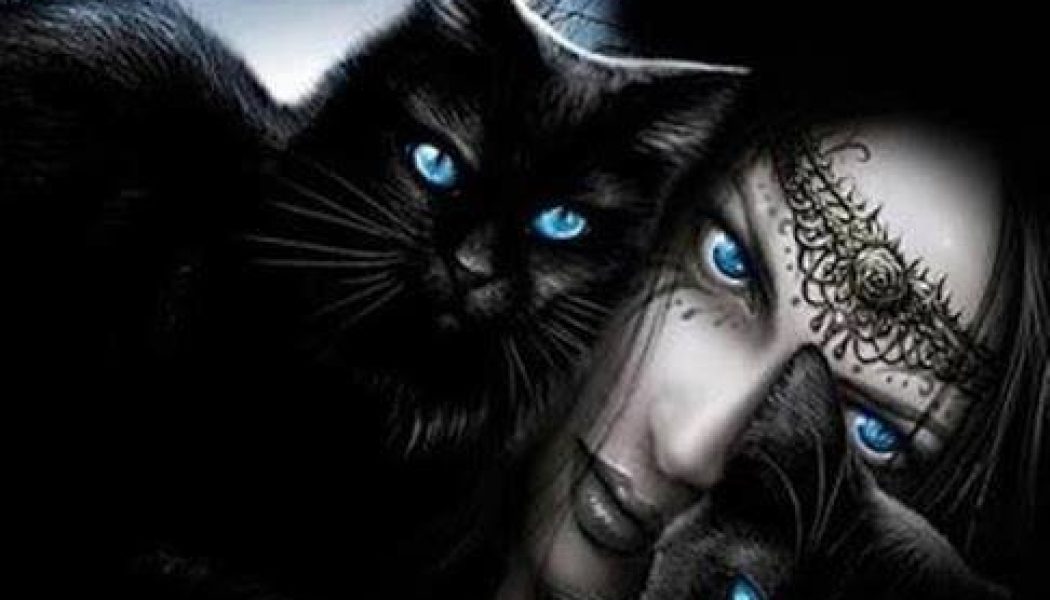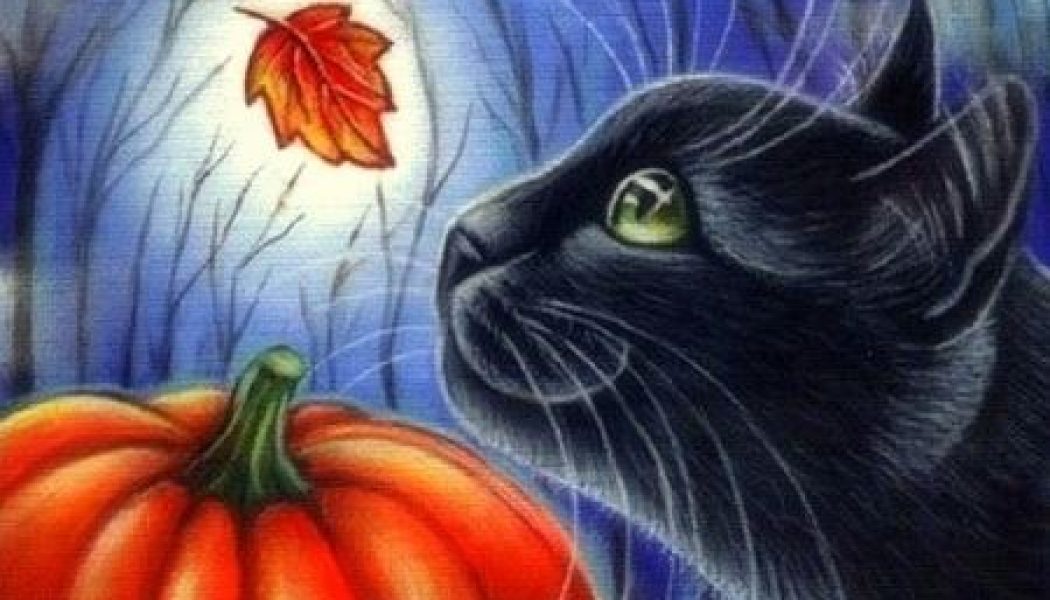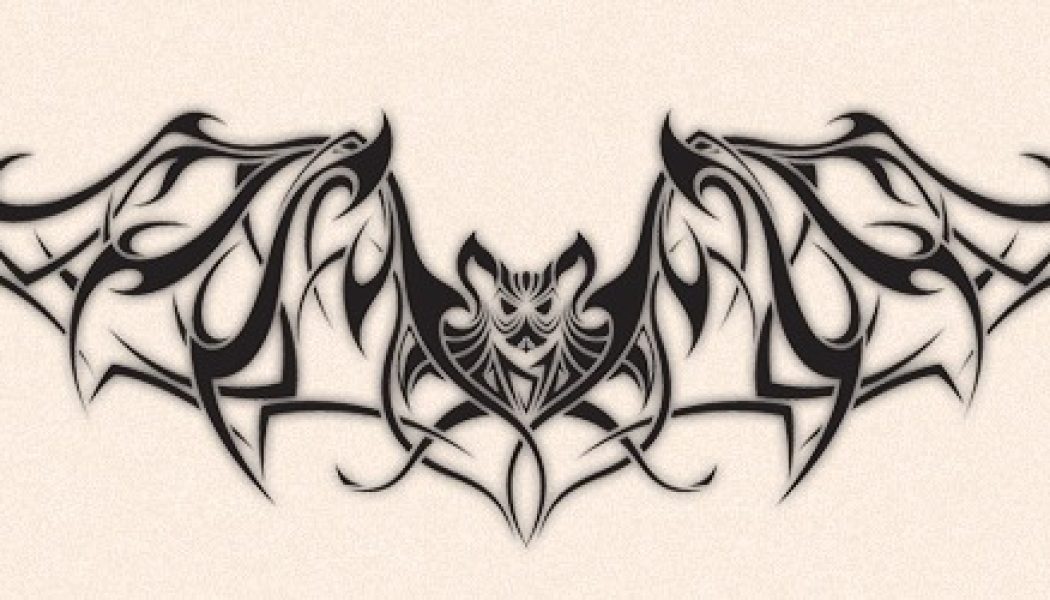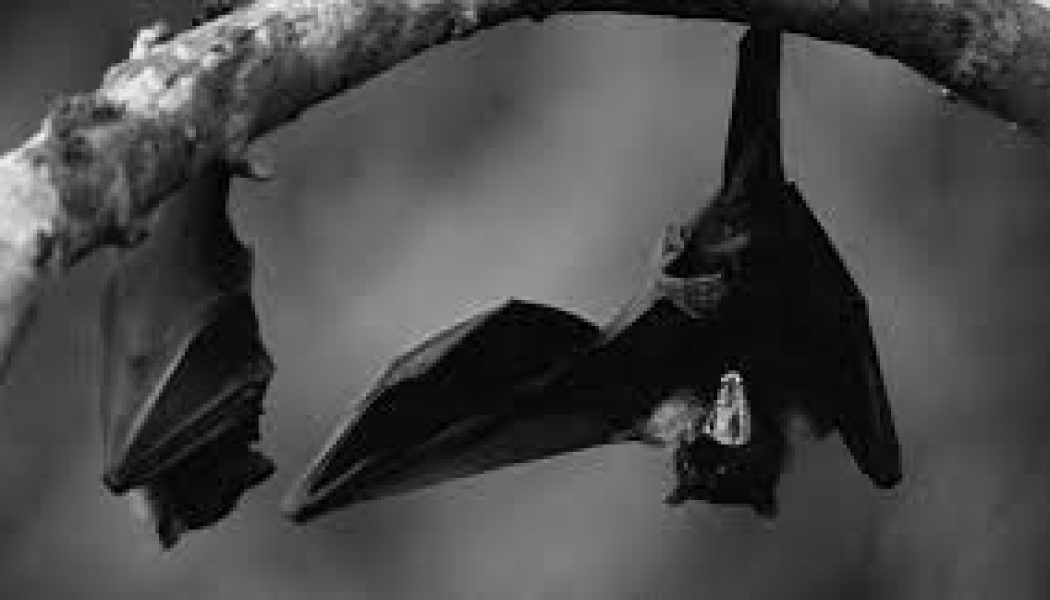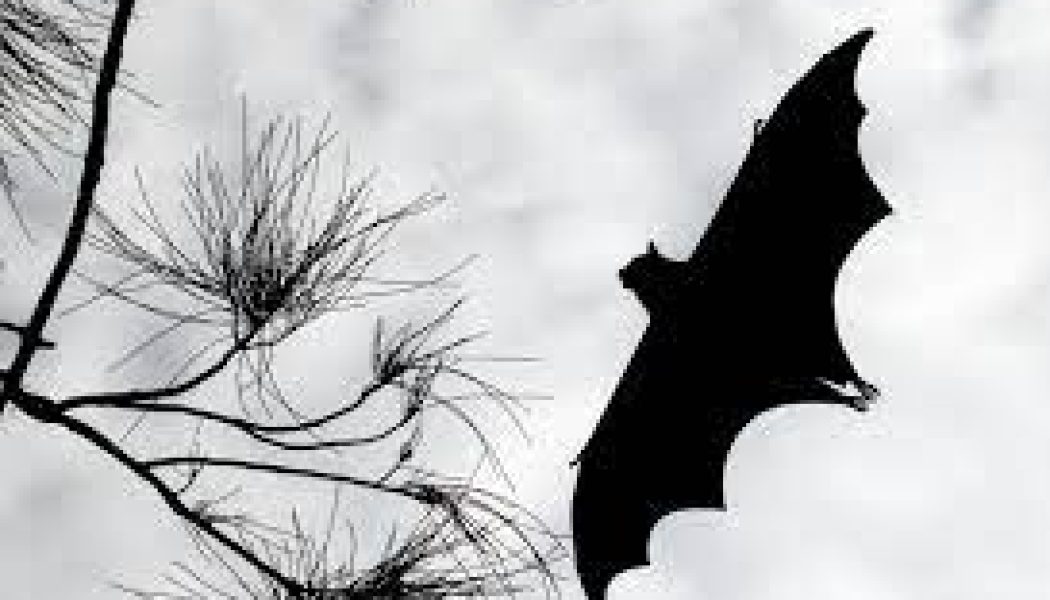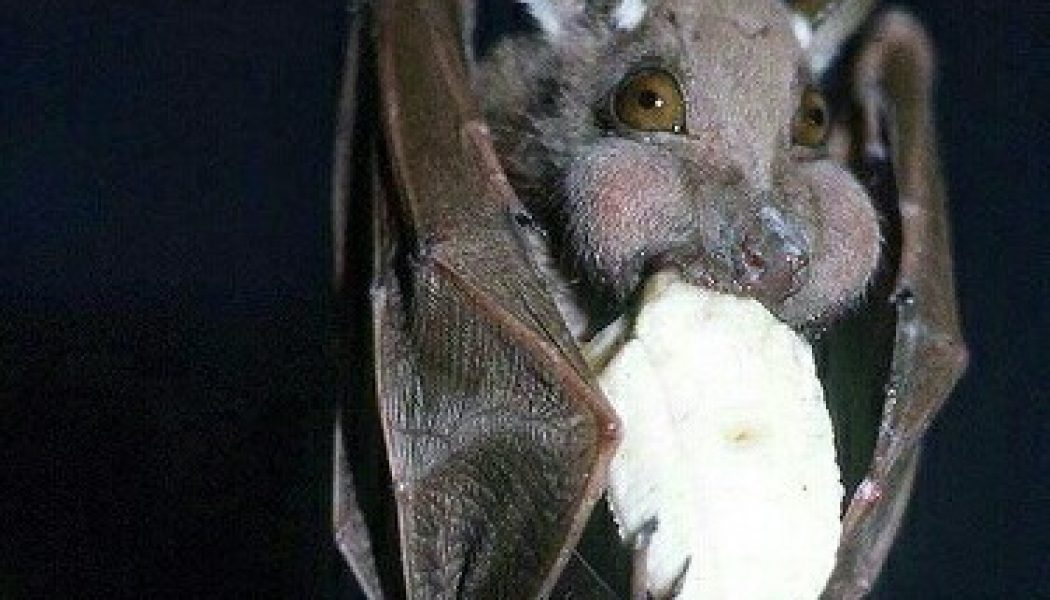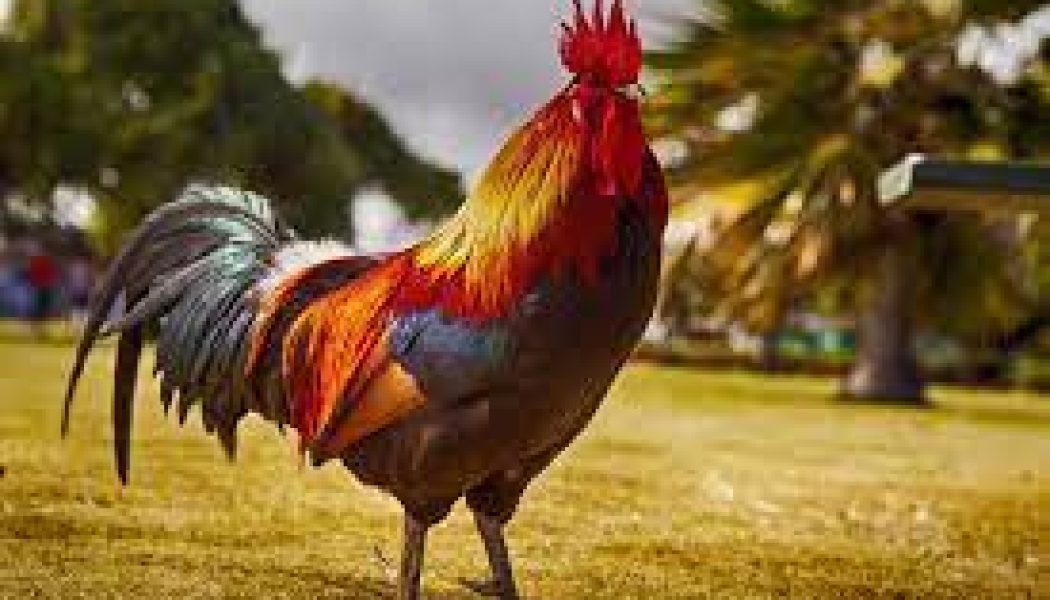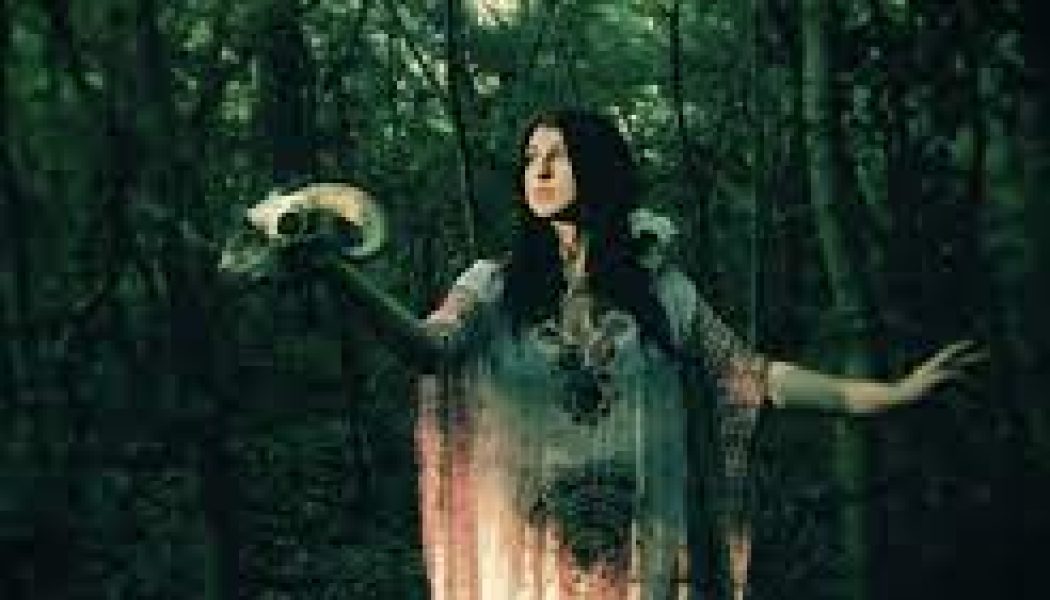Animal Magick
Rabbits & Hares in Magick
“In the black furrow of a fieldI saw an old witch-hare this night;And she cocked her lissome ear,And she eyed the moon so bright,And she nibbled o’ the green;And I whispered ‘Whsst! ...
Spirit Animal, Power Animal, Totem Animal – What’s the Difference?
These terms are often used interchangeably, but there’s a difference. Put simply: A Spirit Animal refers to an ally who helps teach/guide you.A Power Animal refers to a creature that empowers you.A To...
A Guide To Dragon Magick
Dragon Magick is a unique form of magick that draws upon the energy and wisdom of dragons. Dragons are often seen as guardians of hidden knowledge and symbols of strength and power. Practicing Dragon ...
Ravens & Crows in Mythology
In Celtic mythology, the warrior goddess known as the Morrighan often appears in the form of a crow or raven or is seen accompanied by a group of them. Typically, these birds appear in groups of three...
What is an Animal Familiar?
In some traditions of modern Paganism, including the various Wiccan paths, the concept of an animal familiar is incorporated into practice. Today, a familiar is often defined as an animal with whom we...
A black cat crossing your path
The most common American myth is that a black cat crossing your path is a catastrophic symbol of bad luck, on par with walking under a ladder or stepping on a crack. Every myth – good or bad – about b...
Black Cats Are the Familiars of Witches
In most of Europe a black cat arriving at one’s home is actually considered good luck. Somewhere along the line as the separatists fled to America for religious freedom, they became associated with ev...
Black Cats Are Incarnations of Satan
In the Middle Ages, black cats became associated with black magic and the devil. The 1233 document “Vox in Rama” – which translates as “To Deal With the Topic of Devil Worship” – Pope Gregory XI claim...
Black Cats Are Omens of Death
According to Greek mythology, a slave named Galinthias was turned into a black cat by Zeus’ wife, Hera as punishment for trying to prevent the birth of Heracles. Galinthias was sent to the underworld ...
Black Cats Are Symbols of Luck & Prosperity
In the south of France, black cats are referred to as “matagots” or “magician cats.” According to local superstition, they bring good luck to owners who feed them well and treat them with respect. In ...
All Cats Represent Strength & Protection
All Cats Represent Strength & Protection As far back as 3100 BC, all cats, regardless of colour or characteristic were worshipped as sacred beings in Egyptian and Muslim cultures. They were consid...
Black Cats and Witches
Black cats have long been associated with witches and witchcraft to the extent that during October, the Month of Halloween, black cats and witches are favorite icons used for costumes, home decor, and...
Black cat folklore, superstition, and mythology
Black cats have played a major role for centuries in folklore, superstition, and mythology. Black cats in the middle ages were believed to be witches’ familiars, and some people even believed th...
Far Eastern Bat Symbolic Meanings
In the Far East, particularly China, the Bat represents good fortune and longevity. The number of Bats seen also has meaning. Two Bats are greater luck, and five represents the five blessings of long ...
Black Bat Dreams
Black Bat Dreams speak of forthcoming personal disasters so be diligent in discerning if it is time to conduct a spiritual cleanup of your self and surroundings. Conversely, seeing a Bat in your dream...
Bat Dreams
> Note: Not all dreams about Bats are morbid. Depending on other factors of the dream, your subconscious or higher-self could be sending a gentle and humorous message to let you know that you or someo...
Bat as a Celtic Animal Symbol
Celtic symbolism associates Bats with the underworld as well as with being a “spiritual navigator”. Because the Bat hangs upside down Celts gave this night creature the symbolic value of transposition...
Hares
Despite hares being seen as unlucky in British Folklore, its actually a white hare that was thought to be unlucky, well more so a foreboding + that your normal brown hares crossing your path was lucky...
Cockerels
Symbols of light and goodness, cocks have been favored birds of sacrifice to the gods. The cock is sacred and is associated with sun deities; it has the power to banish evil. The cock is a bird of ome...
Cats
Cats have been associated with the supernatural since ancient times. Cats are associated with either good or bad luck, healing or harm. In folklore, the cat is one of the favored animal companions of ...
Riding the Dragon
Many Traditional Crafters have an interesting relationship with dragons. Some see them as archetypes, some as being similar to the Gods, and some see them as living mythical beasts, in a very literal ...
Animal Kinship
It has long been believed that humans have a kinship with animals, and that this kinship allows us to draw on their special qualities. When choosing an animal as a totem (a hereditary badge or emblem ...
The Magick of Animals
The following animals all have magickal qualities that can be harnessed in times of need. Choose an animal to work with that best represents a personality characteristic you would like to develop or i...
Black Cat Protection Spell
A good spell to ward off the evil intentions of another, block a psychic attack, or turn your luck around. Items needed: One black cat candle, Black cat oil (composed of patchouli and frankincense), A...
The Dragon in Magick
The dragon is a fantastic beast that appears in almost every mythological tradition throughout the world. Often depicted as a mix of several different creatures, it represents the four elements of lif...
Cats as Witches Familiars
The cat, especially the black cat, is a creature of witchcraft, in all popular belief. No artist’s conception of a witch’s cottage of the olden time could possibly be complete without Baudrons or Grim...
